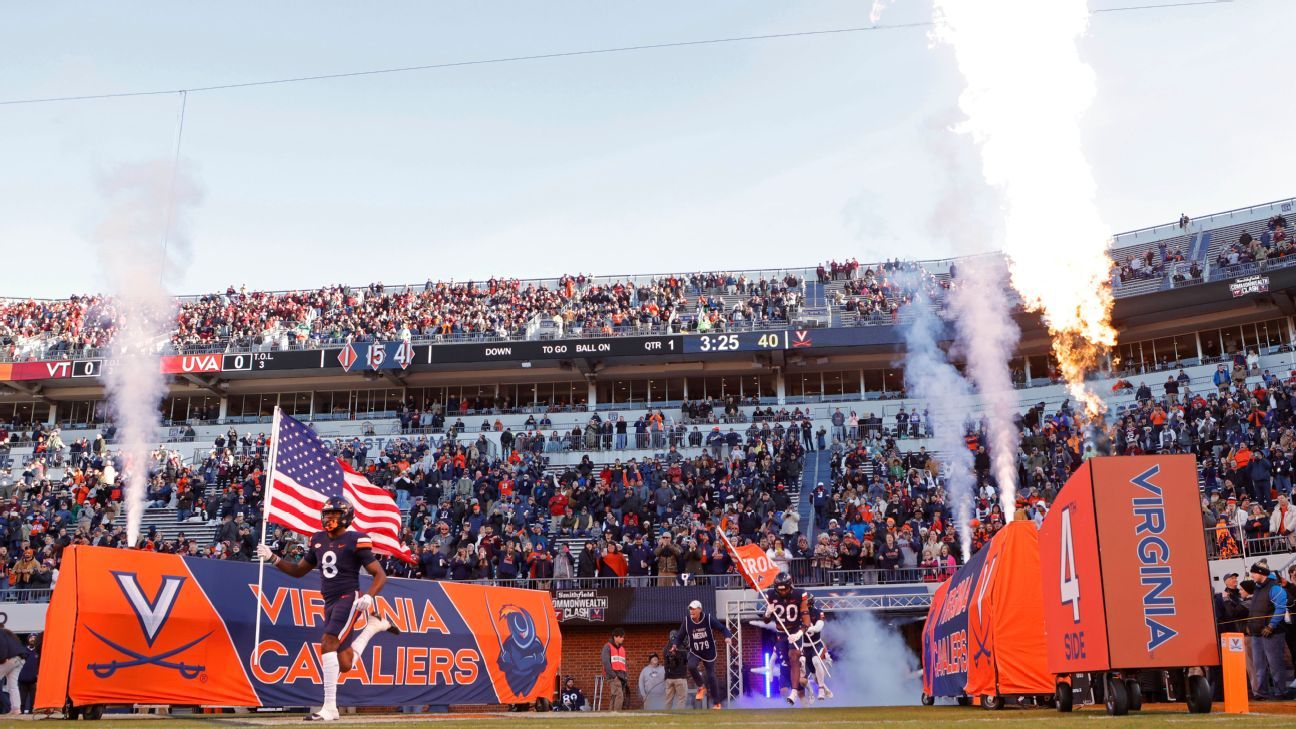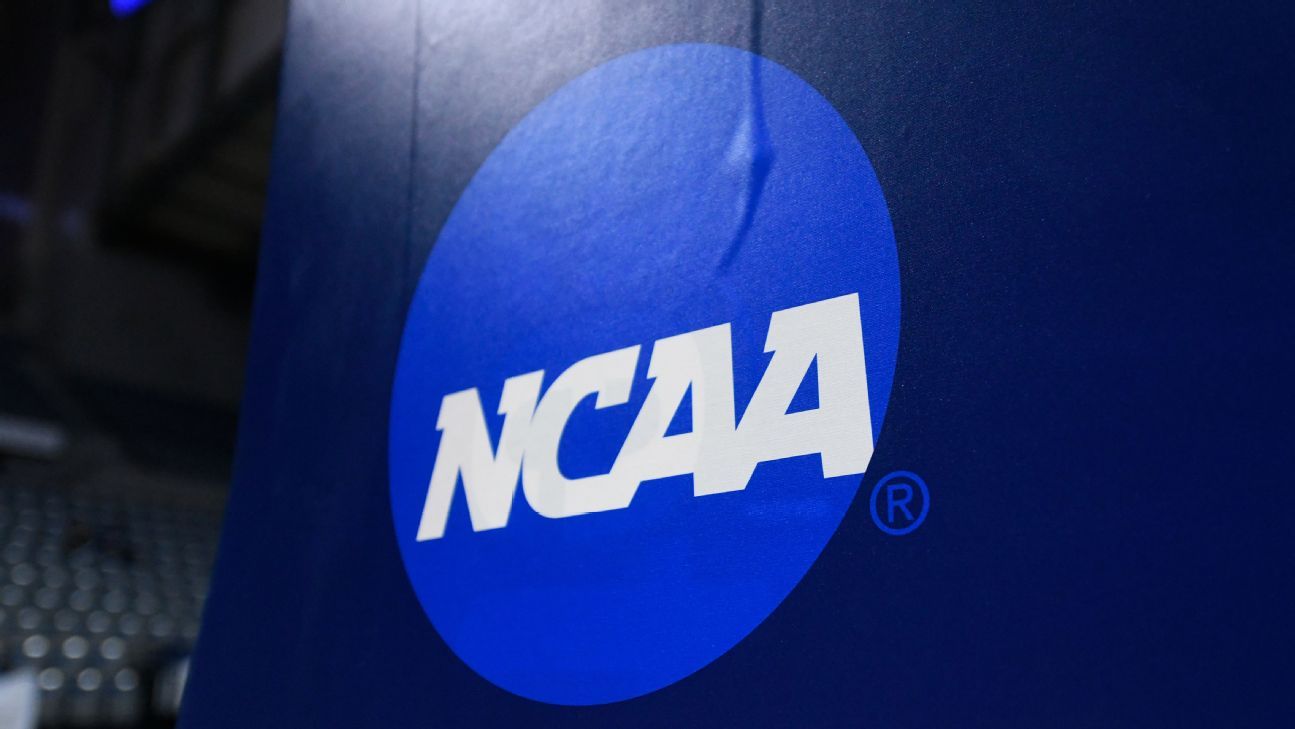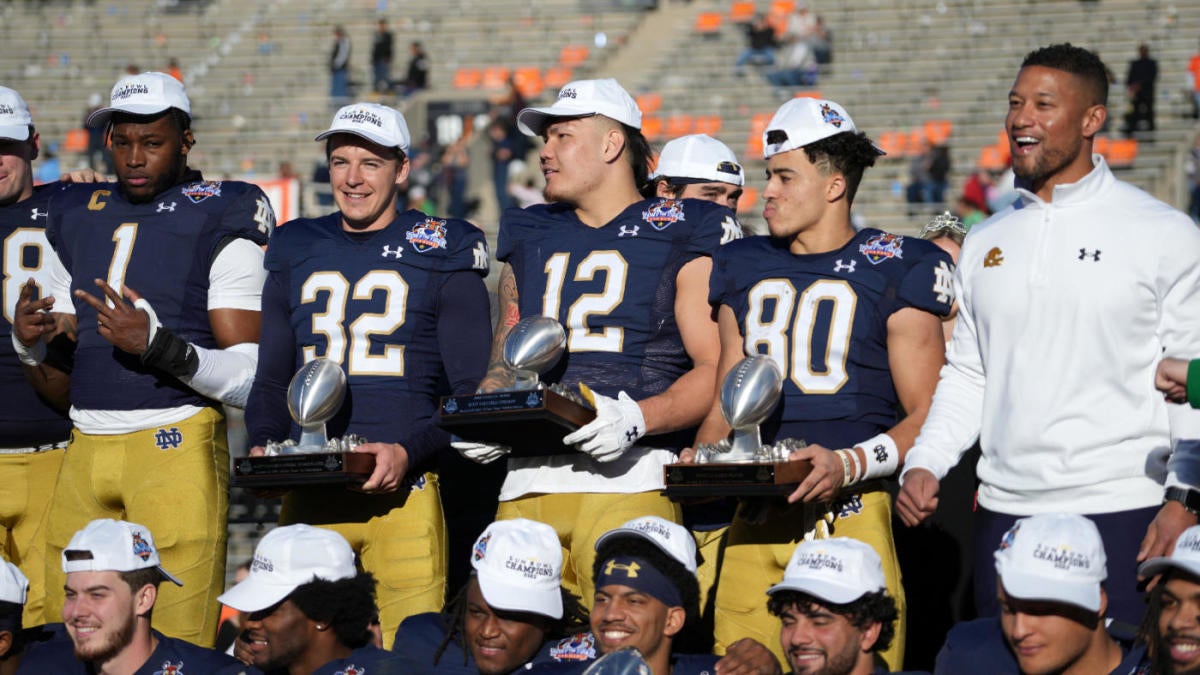This article is worth reading:
Jeffrey Kessler is the lead attorney in what is shaping up to be the most revolutionary case in NCAA history.

sports.yahoo.com
Meet the man responsible for bringing disorder to college athletics ... and who could shape its future
Jeffrey Kessler is the lead attorney in what is shaping up to be the most revolutionary case in NCAA history.
Jeffrey Kessler is the lead attorney in what is shaping up to be the most revolutionary case in NCAA history — an antitrust lawsuit that seeks billions of dollars in retroactive monetary damages to former athletes for name, image and likeness pay.
On Thursday, within a matter of a few hours, the current unruly state of college athletics was on full display.
The NCAA’s transfer portal buzzed to life with dozens of new additions who’ve been lured away by financial inducements from booster-led collectives. The state of Virginia passed legislation that defies NCAA rules by permitting its schools to directly compensate athletes starting July 1. And finally, a national association filed a third complaint with the National Labor Relations Board seeking to make athletes employees.
Meanwhile, within an auditorium on the campus of Howard University, the man who at least partially controls any future college athletics model — the guy perhaps responsible for both bringing disorder to the landscape as well as determining a more stable future — took the stage for a 90-minute panel discussion.
Dressed in a dark suit and striped tie, Jeffrey Kessler peered through spectacles at the audience before him. Kessler, 69, is the lead attorney in what is shaping up to be the most revolutionary case in NCAA history — an antitrust lawsuit that seeks billions of dollars in retroactive monetary damages to former athletes for name, image and likeness (NIL) pay. The case has the potential to, for one, cost the power conferences and NCAA enough money that many fear bankruptcy and, secondly, topple all NCAA compensation rules related to NIL.
There is something else, too: A settlement of the case could produce a future athlete compensation model that will shape the industry for years to come, possibly bringing structure and solutions to the landscape likely in the form of athlete revenue sharing.
To do it, college athletic leaders need the approval of the plaintiffs — and their lawyer.
“A possibility is that this all gets settled in our litigation in which we agree on a new system with the NCAA,” Kessler, co-executive chairman at powerhouse law firm Winston & Strawn, told the crowd at an event hosted by the Drake Group, an organization whose mission is to advance integrity in college sports. “There are proposals out there by [NCAA] President [Charlie] Baker to compensate the athletes. There are systems that could be negotiated as part of a settlement. That’s up to the NCAA. They’ll have to decide if they can actually agree on what it is and then we have to agree to it.”
'The Power 4 are not like everybody else'
During his discussion Thursday, Kessler, portrayed often as a villain across the sport’s landscape, espoused plenty of the same views that those within college athletics hold.
For one, he believes the industry finds itself in this predicament because of surging salaries for coaches and administrators. Like so many fans and stakeholders, he supports leaving the NCAA basketball tournament untouched. He showed public support, even, for Baker’s Project DI proposal to compensate athletes. “He gets it,” Kessler said.
And, in music to so many ears, he believes that the power conference schools should be thought of and treated differently than any others within the NCAA’s 97-conference organization, suggesting that an athletic department’s finances be an indicator of how much revenue it is required to share with athletes.
“Here’s what people have to get in their heads: The Power 5 schools are not like everybody else,” he said.
Animated and boisterous, Kessler sent the crowd into applause, laughter and awe at various times. He told the story of how he got involved in college sports, when he learned that major college football programs had evolved into “gigantic business” that prohibited compensation to athletes. “This struck a chord with me,” he said.
Nine years ago, he began his march, leading a lawsuit against the NCAA (Alston) that sought educationally related benefits for athletes, a case that advanced to the Supreme Court. In 2021, the high court handed the NCAA perhaps its worst of many court losses — a 9-0 defeat. “That set in motion everything you see today,” he said.
Kessler spoke deeply about athletic department finances, outlined the four most likely possibilities of a new college model and repeatedly declined to discuss any potential settlement.
However, for months now, the NCAA and power conferences have been engrossed in settlement discussions among themselves — not a well kept secret in the sports world. A settlement is a two-fold issue: Schools are responsible for likely more than $1 billion in back pay, plus must agree to a future compensation model for athletes.
Settlement discussions have ranged widely, and the details of such have mostly been kept private. But several athletic administrators, briefed on the matter, say they are preparing to share revenue with athletes as part of a potential settlement — an outcome much preferred over the lingering possibility of athlete employment.
Figures are murky and are steadily evolving, but many administrators believe that any settlement agreement comes with an annual per-school revenue-sharing figure of $15-20 million.
Defendants in the case include the five power leagues and the NCAA as a whole. What about the little guys? Most Group of 5 and FCS football programs do not generate a profit and their athletic departments are often subsidized by university and student fees.
Kessler’s focus is on the top 70 or so programs, many of which generate upward of $100 million in ticket sales, television contracts and donations — a majority of it related to football.
“You really have to think about [Power 4] as different,” Kessler said. “The reason we get tied in knots is because we conflate those schools who have developed these gigantic independent commercial businesses with the schools who are still just educational institutions with extracurricular activities. When you try to come up with one rule for all, you go crazy. You have to look at the schools differently. For the ones with the money, there is plenty of money to compensate the athletes and share it with the women’s sports.
“Once you divide it all up, this is not hard,” he continued. “It is only hard if you’re saying, ‘Well, how will Lehigh be able to afford all this?!’ They won’t and they won’t pay [athletes]. If their concern is that Lehigh then won’t be able to compete with Alabama in football… OK, that’s your concern? That’s your concern?!”
.
.
.
continued






